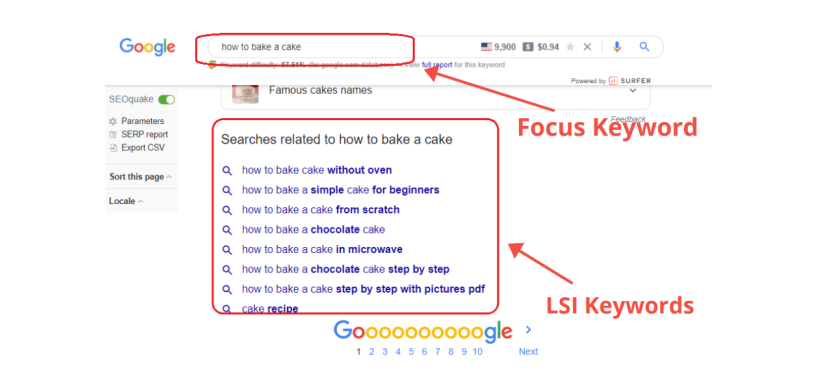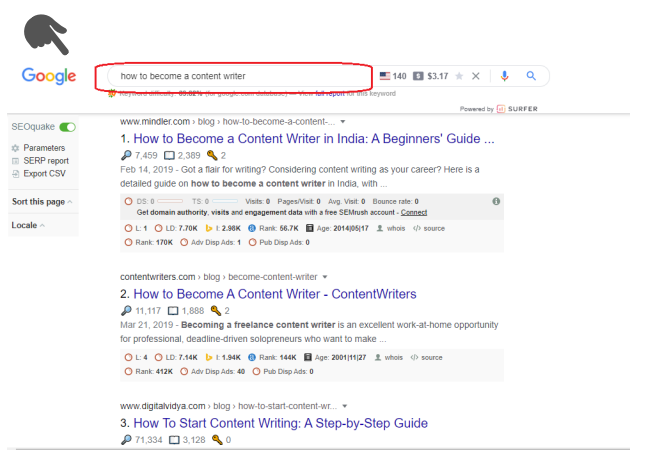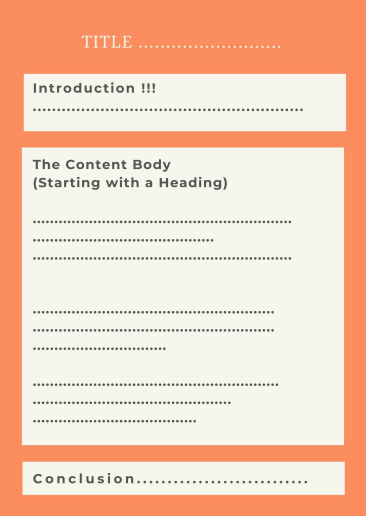Are you looking for the best working method to use Kik Messenger for PC? Here is the ultimate guide to teaching you how to do it most easily.
When it comes to instant messaging apps, we have got plenty of options. One of the most reliable apps today is Kik Messenger. Instant messaging apps are mostly developed for Smartphones and Tabs running on Android, iOS, and Windows OS.
To start, firstly, we shall point out the reasons Kik Messenger stands out in the crowd. We have brought our attention to the fact that many users are seeking an effective way to install Kik messenger for PC. Although, there is no official way of using Kik messenger for PC online. Nevertheless, we have an alternative way to do so.

Kik Messenger for PC
Being one of the best Instant messaging services, Kik Messenger keeps you connected with your friends and family, at no extra cost. Kik Messenger brings you many interesting features; we will get to that later.
Installing Kik messenger on a personal computer brings the freedom to carry out your necessary communications whilst keeping your other important tasks on a computer running.
Needless to say, we have the opportunity to utilize the instant messaging service on a bigger screen without worrying about using multiple devices. Take a glance at the key features of Kik Messenger for Windows if you haven’t used the app on your PC yet.
Kik Messenger Key Features:
Alongside all the standard online conversations with friends, family, and other individuals, Kik Messenger allows you to do a lot more stuff. These key features of Kik Messenger shall enlighten you with better usage of the app.
1: Kik is Free –
Downloading, installing, and using Kik Messenger costs you nothing. With that being said, the app comes with some in-app purchases as well in case you need them.
2: Kik is Interesting –
Maybe you express yourself better with emojis rather than texts. Kik comes with bundles of emojis, smilies, and GIFs to express your current state of mind. Of course, there is no barrier to sending unlimited text messages if you wish.
3: Better UI –
User-friendly interface is very important. Kik messenger brings you the elegant interface any new user would get used to easily.
4: No Service Limits –
While there is no limit to sending text messages and emoticons; users may also share an unlimited number of images, videos, and voice messages.
5: Kik Status –
Users may set up a Kik status as they wish according to their mood and it’s easy. This is another best way to leave a message to multiple contacts while you’re off the line.
6: Individual and Group Chat –
Whether you want to make conversation with individual users or multiple users, Kik made it easier for all. While sending the same message to multiple users may seem time-consuming, Group chat on Kik made it just perfect for group discussion as well.
7: Kik Bots-
Stepping aside typical instant messaging services, Kik allows you to stay more social with Kik bots. Staying up to date about fashion trends, news, or playing games with friends online, all you have to do is get a Kik bot.
8: Get Connected with Anyone –
Kik Codes enables the way to connect with anyone from around the world using a unique code. Simply scan the code and open the chat window.
9: Necessary Notifications –
Check out whether your sent message is been delivered or not; whether your friends are online or not, everything is visible on Kik. You may also check when a user was online last time.
Among all these mentioned key features of Kik messenger, Kik bots, Kik codes, and unique Kik emojis helped the instant messaging app stand out in the crowd. The only drawback of the app is that it not yet officially available for personal computer access.
However, we have an alternative way to download, install, and log in to Kik Messenger online.
Download/Install Kik Messenger for PC Using Bluestacks
We have mentioned earlier that there is no web-based application or official PC access to Kik Messenger. So, using emulator software like Bluestacks is the best way to access Kik Messenger on PC.
[If you are concerned, the Bluestacks is an Android emulator that allows you to access the Android ecosystem on a PC enabling every Android app or game accessible from Windows or Mac.]
If you are unfamiliar with Bluestacks, follow the below step-by-step guide to download and install Kik Messenger for PC seamlessly.
Step 1: First of all, download and install Bluestacks software for free.
- Click here to visit Bluestacks official site.
- Click on the “DOWNLOAD BLUESTACKS” button.
- Open the installation file and proceed to install when the download is complete.

- Click on the “Complete” button and launch Bluestacks once installed successfully.
Step 2: Now, click on the yellow-colored search box located at the top-right corner and type in ‘Kik’.
Step 3: A search result will appear with the Play Store icon. Click on it and it will direct you to the Google Play Store via Bluestacks interface.
Step 4: Select Kik Messenger from the Play Store page.
Step 5: From here, click on “Install” and follow the usual Play Store App/Game installation procedure.
Step 6: Once the Kik Messenger App is installed, you may “Register” for an account or hit the “Log in” option if you already have an account.

You can navigate to the app from Bluestacks Homepage > App Applications > Kik. Alternatively, simply launch Bluestacks, type, and search for Kik messenger. Do keep in mind; that you will not get the Kik Messenger shortcut access icon on the Desktop like you do for other PC applications. To access any app or game you install using Bluestacks, firstly you will have to launch Bluestacks and then open the specific app inside the Bluestacks interface.
As far as Kik Messenger for PC is concerned, some users may suggest you use an alternative for Bluestacks. The two most reliable Bluestacks alternatives are Andy and YouWave. However, Andy requires a high-end PC while YouWave comes in handy with premium access.
Eventually, Bluestacks is the right option for all. And, there is no effective way to use Kik for PC without Bluestacks access. Hope you find this tutorial effective and easy to follow.



















